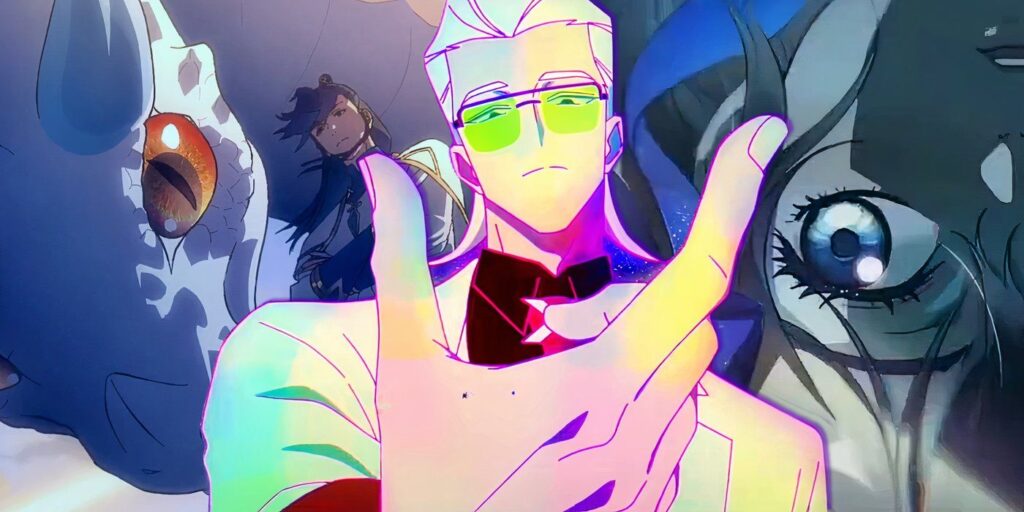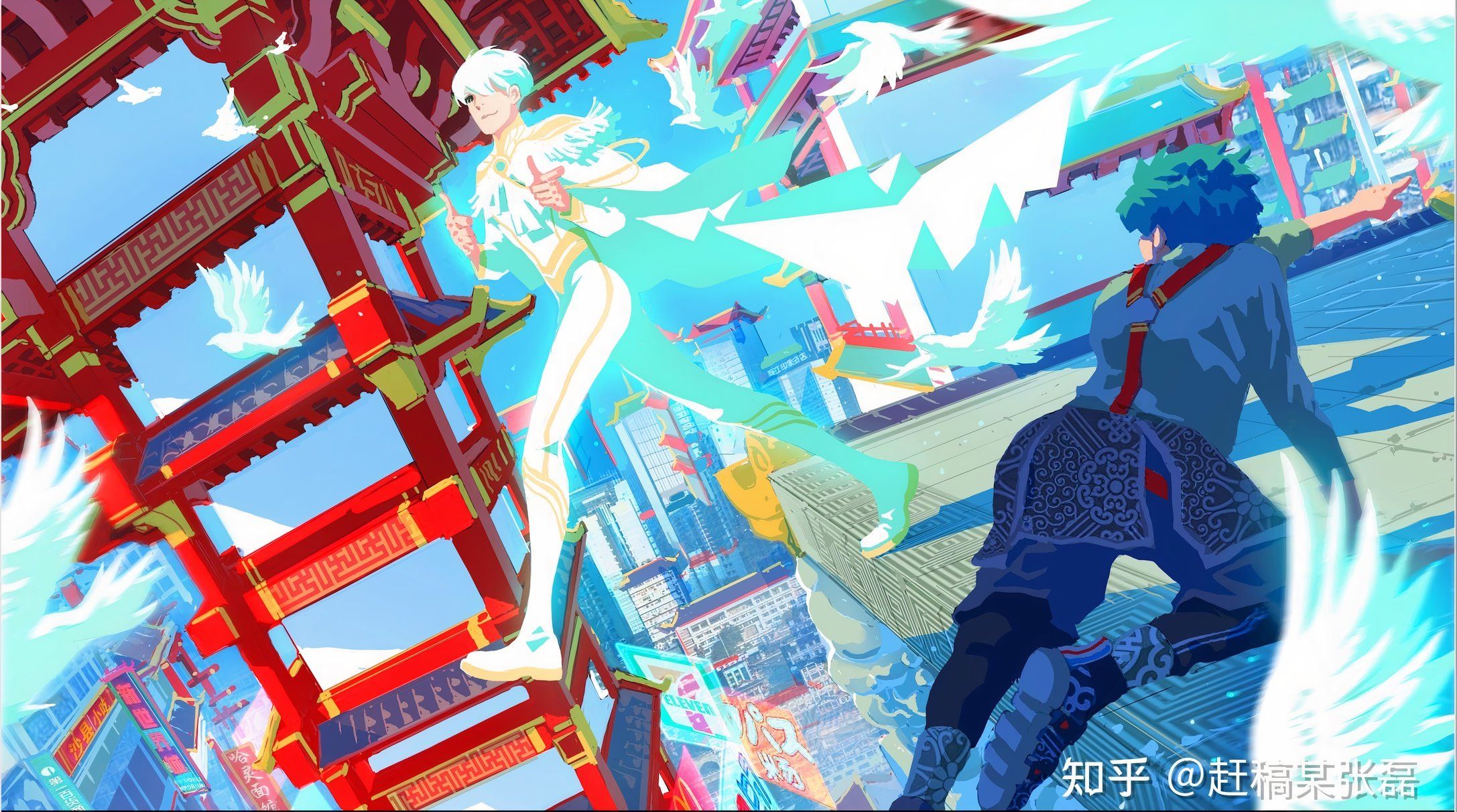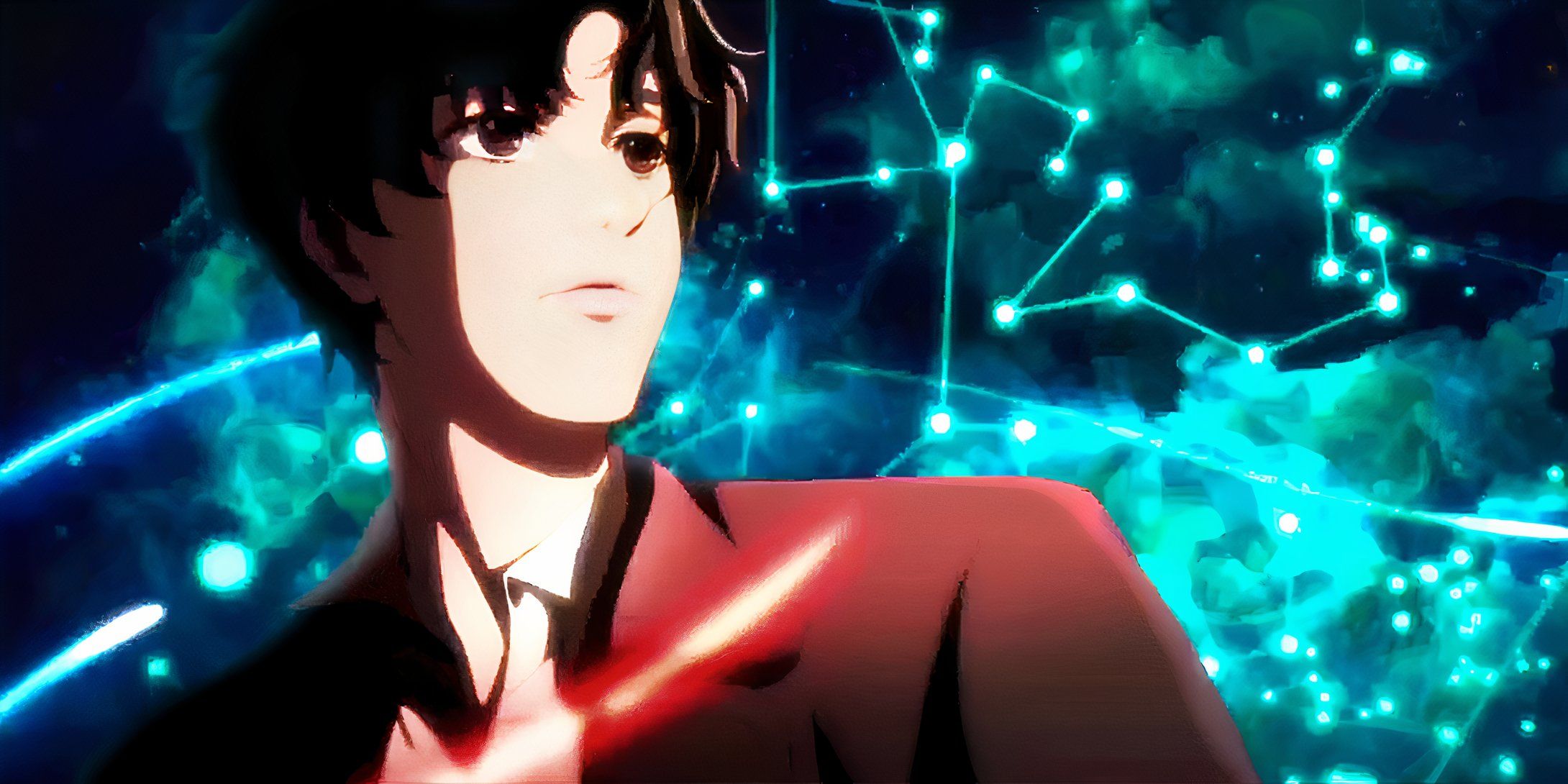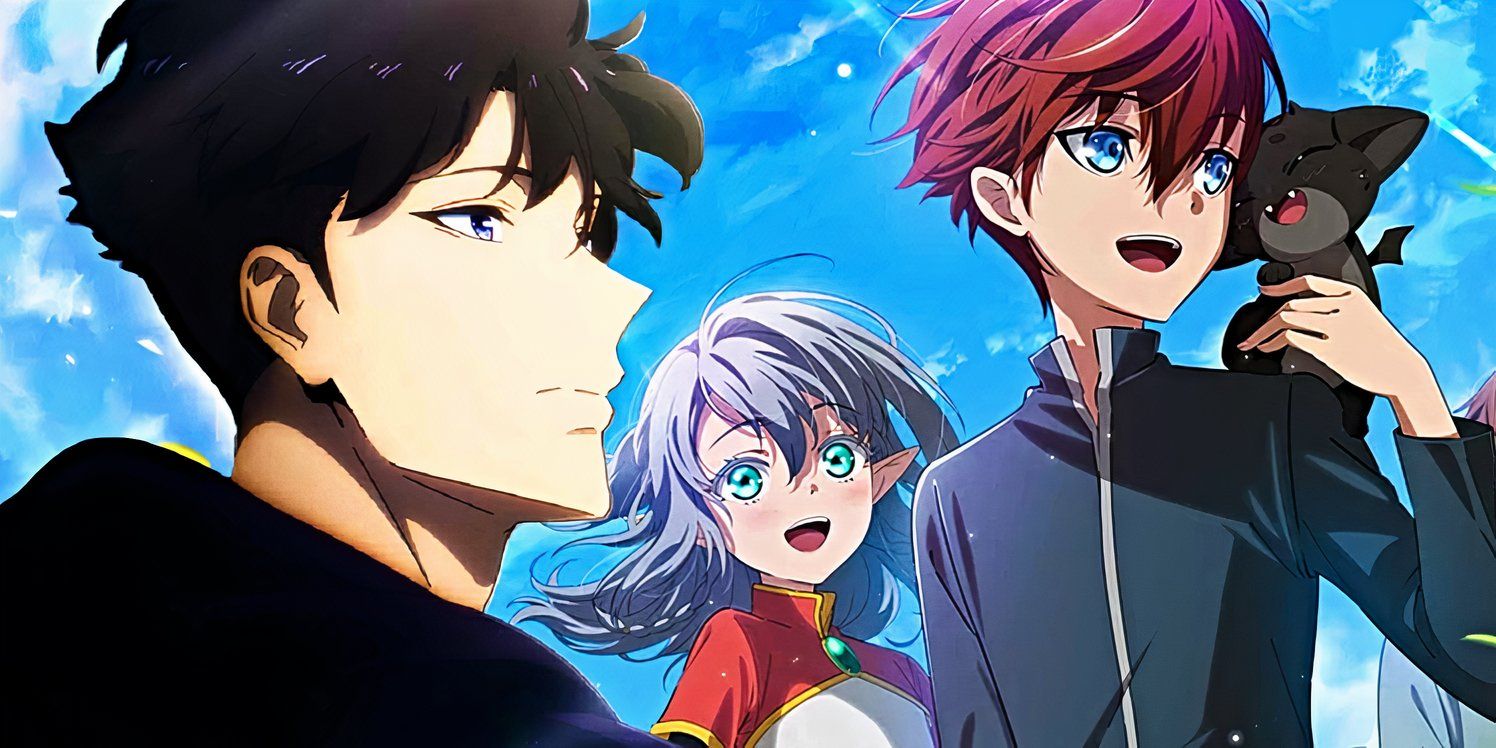Whether Japan Likes It or Not, Chinese Animation Is the Future of the Industry

As several donghua begin to roll out for the new year, anime fans may see more of Chinese animation in the next year alone as the genre begins to shift to adapt to a demand for diversity. What originally started as entertainment for Japan has quickly spread over to the west, evolving anime to becoming a more mainstream topic about the youth of today, to even the older generations who still remember the classics from their heyday, such as Dragon Ball.
Within the last decade, anime has entered a sphere unlike other media, where it garnered enough attention and popularity to begin competing alongside top television shows on the biggest streaming platforms. Solo Leveling and Demon Slayer are just some of the names that have pushed anime to the forefront of everyone’s mind when thinking of highly anticipated releases to come. Live-action adaptations of big-name anime have also lent to this creed, bringing in new viewers thanks to One Piece’s success in 2023.
The genre stands on the precipice of another major step forward, this time expanding its well of shows by reaching out to other sources for inspiration. Although animated in Japan, Solo Leveling was picked up by Crunchyroll as an attempt to adapt new blood into its algorithm, adapting a popular manhwa. With the help of the amazing work by A-1 Pictures, the series has seen capital success, paving the way for many more adaptation collaborations to come from either South Korea or China.
Chinese Animation Only Continues To Improve
Experimenting With Different Styles To Form Its Own Identity
Recently, there has been a significant boost in Chinese animation steadily releasing over the last few years, with the biggest project to date being the sequel film, Ne Zha 2, breaking records and hitting high-grossing numbers at the box office. Although it wasn’t traditionally animated as seen by Disney or anime, it still stood out with its fast-paced, high-stakes battles and its sublime, powerful storytelling that translated well despite originating from a foreign country. Ne Zha isn’t the first of its iterations, but the 2019 version and its sequel have pushed China back into the limelight as contenders for popular media.
Although many assume donghua is typically relegated to a 3D animated style similar to Pixar and Disney’s newly adapted style, it is actually a broad blanket that encompasses all of Chinese animations, whether it’s cartoons or something leaning more towards the characteristics of Japan’s anime. Mo Dao Zu Shi, or Grandmaster of Demonic Cultivation, is just one of the donghua that entered the public sphere, gaining notoriety as a beautifully animated show and yet is entirely dubbed in Chinese. Its success led to it gaining entry into Crunchyroll after high demand, leading to the eventual green light of later projects.
Anime’s popularity is at an all-time high, with Japan’s overworked anime studios and all of the big-name companies such as Crunchyroll, Netflix, Hulu, and HBO Max doubling down on adding anime shows to their streaming service, the demand has placed greater pressure on the industry. Donghua isn’t seeking out to replace anime, but compete on a scale where audiences clearly want to see a new range of shows that continue to deliver on stellar animation and thought-provoking stories that resonate with them.

Related
To Be Hero X, China’s New Flagship Anime, Is So Good That It’s Becoming a Problem For Japan
To Be Hero X is setting a new precedent for China’s placement in the anime industry, proving itself as much-needed competition for Japan
Shows like Solo Leveling and To Be Hero X are a great example of that because their stories aren’t wholly based in Japan but they are receiving outstanding praise; Solo Leveling is based on a Korean webnovel and manhwa, and To Be Hero X is a combined package of both Chinese and Japanese aesthetics and cultural influence yet it’s still a donghua. Although these stories are familiar in that a hero has to rise to the ranks, they have storylines and plot twists that always keep their audience guessing as to what happens next, especially in Lin Ling’s case.
“Why Should I Watch It?” Donghua Gets A Bad Reputation
Not Many Anime Fans Like Chinese Dubbing Or Animation
Despite donghua making headway in the animation sphere, audience members outside of China still hesitate to pick it up, whether due to it being somewhat inaccessible or because of the language barrier. Even if it has an English translation, viewers find it hard to listen to Mandarin since the dialect and delivery are quite different from the line read when performed by Japanese voice actors.
Much like how English dubbing started, it could be that there aren’t enough Chinese voice actors who are familiar enough with the craft to give it their all when emoting solely with their voice. Some of the attempts made by the localization in America for anime just starting out were laughable at best, like in the case of Ghost Stories, and cringeworthy at their absolute worst. While its animation gets ahead, the country will still likely see some growing pains between preparing proper studios and training for voice actors to deliver an equally applaudable performance for their upcoming donghua.
How Does Branching Out Benefit Anime As A Whole?
It Isn’t Strictly Relegated To China; Korea Is In On It Too
No matter the studio, anime is a medium that takes time and patience to craft perfectly from its conception to its drafting and storyboarding to the very tedious process of animating and editing each individual frame. And while isekai will always remain one of the best genres to debut in modern-day literature, it is also one of the most oversaturated, drowning out other potential stories and shows that could make it big.

Related
Solo Leveling May Be Popular, But a New Isekai Adaptation Could Challenge It
Solo Leveling has the best animation of 2025 so far, but viewers should keep an eye on an upcoming isekai adaptation that could surpass it.
Crunchyroll’s CEO, Rahul Purini, has even gone on to state that the company is looking to invest in stories outside of Japan to bring in new concepts and plots outside of the typical genres seen today. This isn’t done with the intention of replacing what has made anime such a popular concept, but expanding on what type of narratives can be further explored to provide more enrichment and a diverse range of options for both new and existing anime fans.
“We spend a lot of time interacting with fans, listening to them, understanding what they’re saying and taking that feedback not only back to our creators in Japan, but also internally to determine how we can better serve them.”
Donghua is just another extension of that, a new branch of animation that audiences may come to enjoy. With such exciting projects like Lord of the Mysteries set to come out, it’s a shame to dismiss shows just because they are based in a country other than Japan. With any luck, series like Cuttlefish’s will gain more traction and may even see a place in mainstream sites like Crunchyroll and Netflix.






